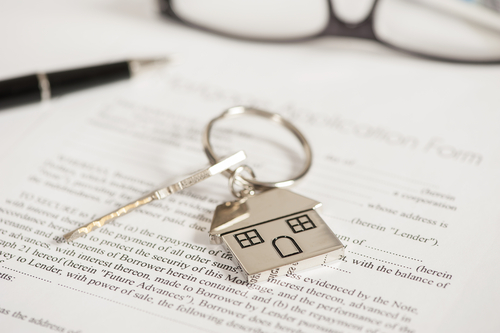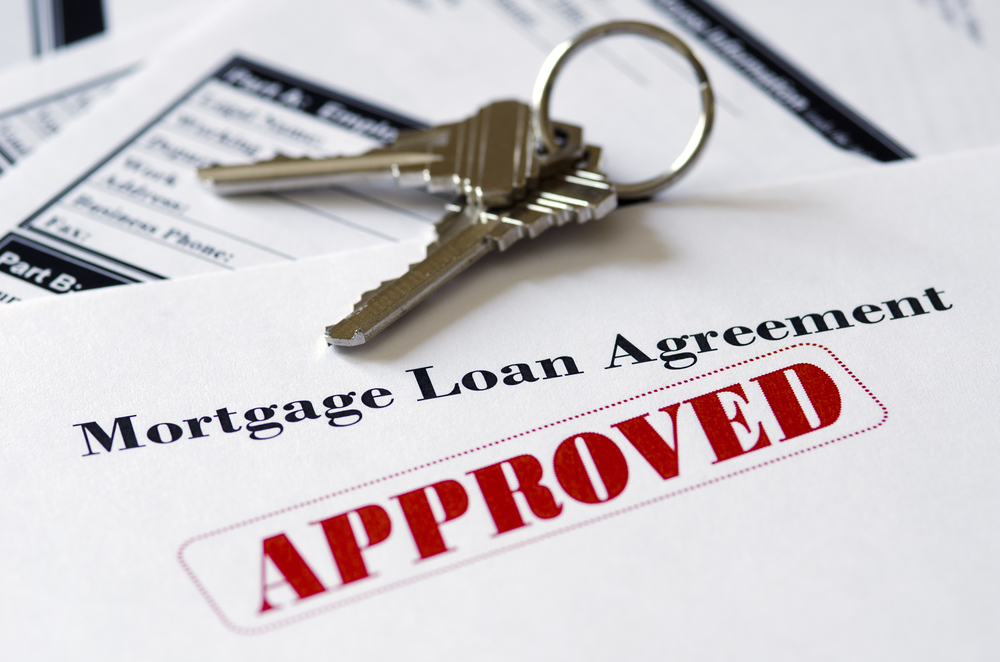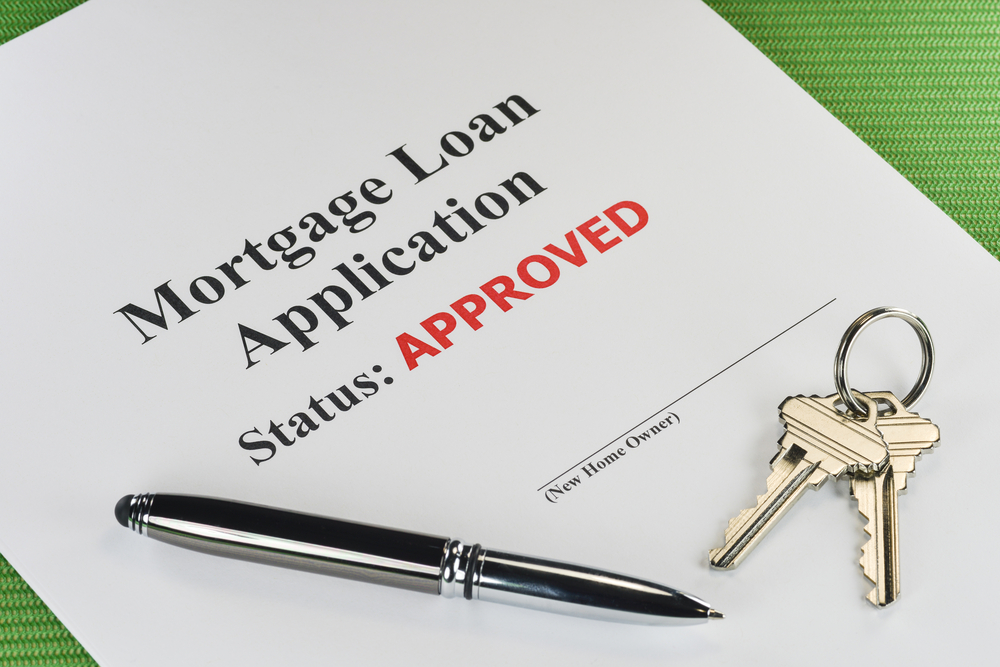Fixed-rate mortgages offer greater stability and predictability, which is why these loans are a first choice for many homebuyers. With this type of loan, the interest rate doesn’t change over the life of the loan. The monthly payment remains roughly the same from year to year, so it’s easier to budget long-term.
But although a fixed-rate mortgage offers predictable housing costs, an adjustable-rate mortgage (ARM) may be a better option depending on the circumstances.
What is an Adjustable-Rate Mortgage?
Adjustable-rate mortgages have a reputation for being risky and dangerous because the interest rate adjusts or resets every year based on market trends. With each adjustment, the rate can increase, decrease or stay the same. This causes fluctuations in mortgage payments. But adjustable-rate mortgages also have an initial fixed rate, which is usually lower than the rate of a fixed-rate mortgage, resulting in significant savings during the early years.
For example, if you borrowed $150,00 at a rate of 4% with a 30-year fixed-rate mortgage, you’d pay about $716 a month (excluding taxes and insurance). But if you selected a 5-year ARM with a rate of 3.33%, your mortgage payment would drop to $656—a $60 monthly savings. An adjustable-rate can work if you’re looking to purchase a more expensive house, yet you need a low rate to keep payments within an affordable range.
But the fact that you can save money with an adjustable-rate isn’t the only reason to choose this option. The fixed-rate with an ARM is temporary. And since we can’t predict mortgage rates from one year to the next, there’s always the risk of your rate skyrocketing with each rate adjustment, resulting in higher housing costs. So while adjustable-rate mortgages are tempting, these loans aren’t the right choice for everyone.
When Does an Adjustable-Rate Mortgage Make Sense?
If you’re a first-time homebuyer who only plans on living in the house for a few years, or if you’re relocating for work within the next few years, an adjustable-rate mortgage might be a better choice than a fixed-rate mortgage. Since the rate with an ARM is fixed for the first three, five or seven years, you’ll most likely sell the property before your first rate adjustment.
Then again, maybe you plan to live in the house longer than seven years. An adjustable-rate mortgage isn’t as risky if you anticipate your income increasing over the next few years, and if you’re okay with the possibility of higher mortgage payments. Perhaps you’re currently the primary breadwinner while your spouse completes his or her schooling, and you expect your household income to double in the next couple of years once your spouse graduates.
But even if you don’t move and your income doesn’t increase, there is the option of refinancing an adjustable-rate mortgage to a fixed-rate mortgage before the first rate adjustment. Just know that there are no guarantees that you’ll be able to switch your mortgage. Refinancing involves applying for a new mortgage, at which time you’ll have to meet the lender’s income, employment and credit guidelines to qualify for the loan.








